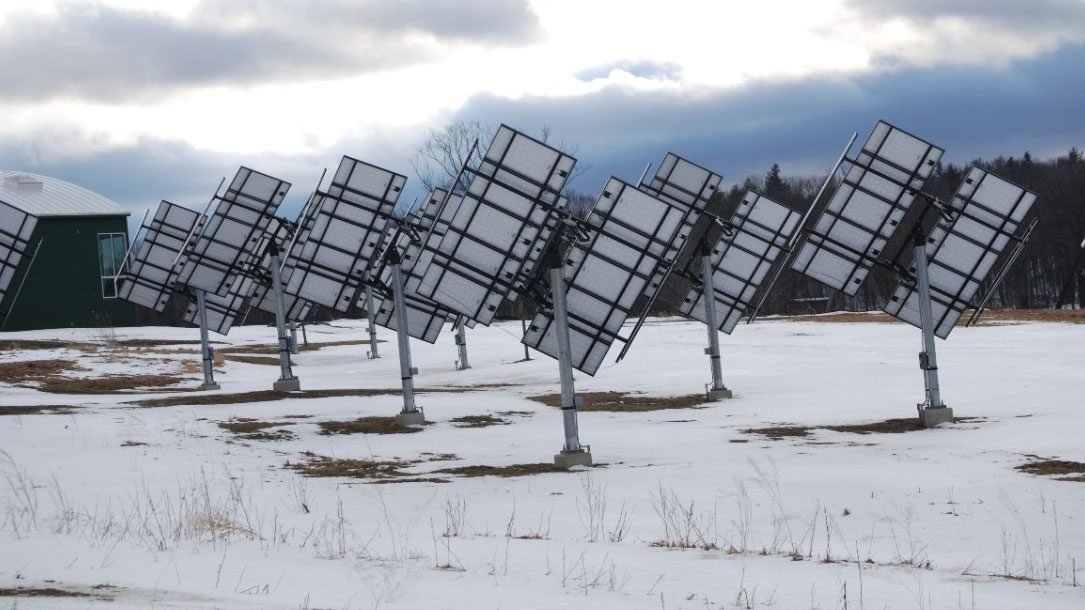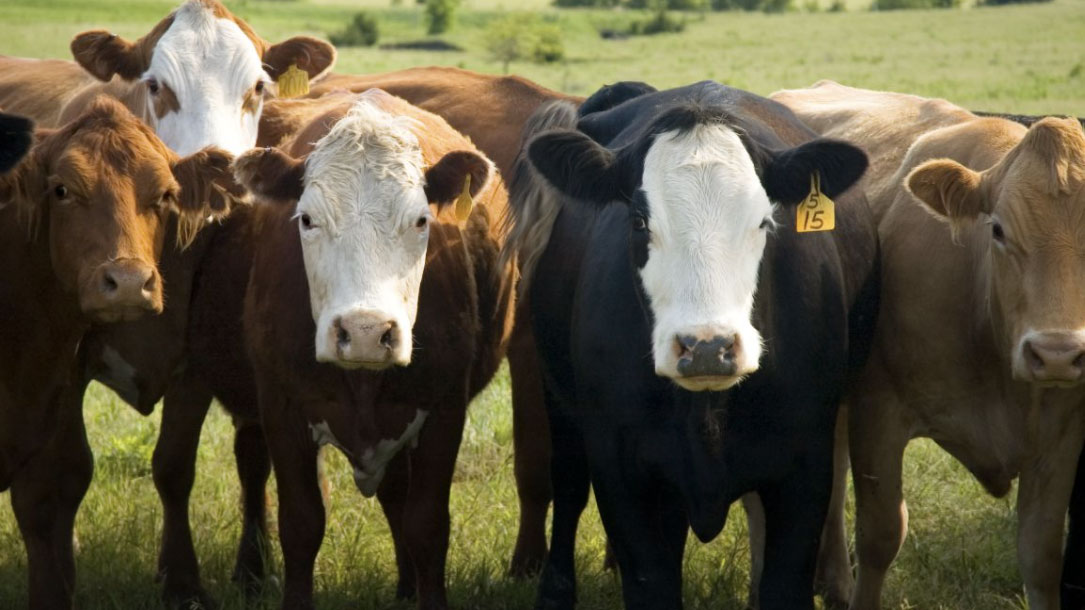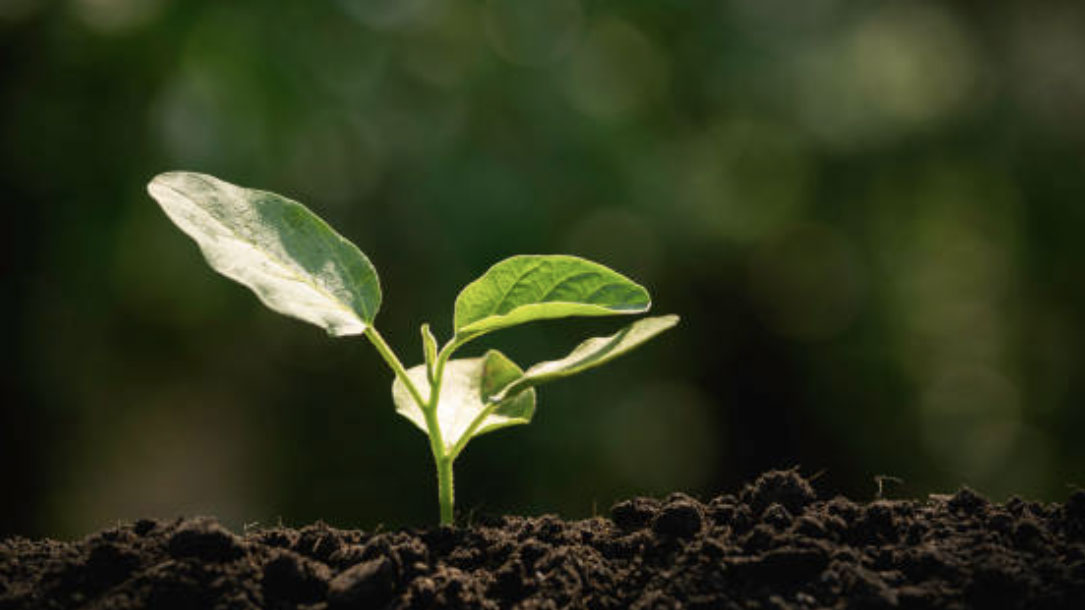Home > Climate News >

Best practices in local review of community solar in rural areas
Community solar projects have numerous novel features, compared to other types of development. During this session, Adriana Beltrani, an Environmental Planner with the firm Nelson, Pope, Voorhis will present what to look for in a complete site plan application package and explore ways for local planning boards to ensure that information about important resources and other local priorities are considered during the site design and review.
The session seeks to provide attendees with the tools to appropriately investigate, avoid, and mitigate potential impacts from solar projects…

How the Community Forest Program works
“The Community Forest and Open Space Conservation Program (Community Forest Program) of the Forest Service offers a unique opportunity for communities to acquire and conserve forests that provide public access and recreational opportunities, protect vital water supplies and wildlife habitat, serve as demonstration sites for private forest landowners, and provide economic benefits from timber and non-timber products…”

Community Forests: A path to prosperity and connection
“Community forests are protected forestlands that contribute to healthy, flourishing communities. Importantly, they offer residents and community members a direct say in how these lands are stewarded over time…”

New special report on the benefits of community forest
The Trust for Public Land announced the release of a special report, “Community Forests: A Path to Prosperity and Connection,” in partnership with the U.S. Forest Service and with generous support from the U.S. Endowment for Forestry and Communities. The report, and accompanying handouts, takes a case-study approach to understanding and exploring the numerous economic benefits provided by community forests created through the U.S. Forest Service’s Community Forest and Open Space Conservation Program (CFP).

Producing energy while protecting the land
“Part of our work as a community land trust is to help reframe the energy debate and build community energy resiliency.
…[W]e flipped the switch on our first solar energy array and as of today more than 50% of the energy we use to run Taos Land Trust is generated by our new solar panels. The 2kW photovoltaic array sitting on our downtown Taos property was installed through a generous grant from the PPC Solar Photovoltaic Donation Program. This is a huge move for us…”

Farming to mitigate the effects of climate change
At Bailey and Sarah Williamson Preserve, farmers will be using regenerative methods to help mitigate and reverse the effects of climate change. Industrial-conventional agriculture models have focused on single-crop operations that have exceeded the natural carrying capacity of the land, ruining soil, water, habitat, and air quality. Regenerative methods seek to reverse some of this damage by rebuilding degraded soils, increasing biodiversity, and creating healthy, fair, and just food systems…

Argyle bird trust working with solar developer to conserve more land
“We’re excited about this collaboration and look forward to working with Eden on future mitigation projects,” said Grassland Bird Trust Executive Director Laurie LaFond. “We believe that renewable energy, when done right, can play an important role in restoring populations of grassland birds to sustainable levels.”

Climate change affects soil health
For too long, we’ve been saying that solar should avoid farmland, based upon soil type (meaning, avoiding lands of “prime” or “statewide” importance, etc.). Yet given that we know that climate change is stressing soils, and making farming and ranching more difficult, the question could better be framed: “How can solar (and wind) help farm and ranch viability, water retention, and soil health?”

Agrivoltaics. An economic lifeline for American farmers?
As natural systems become more stressed by climate change and the resulting disasters and impacts, natural climate solutions become more vulnerable.
Nature needs renewables — and our collective work to reduce energy consumption — to flourish.

One-third of all plant and animal species could be extinct in 50 years, study warns
One-third of all animal and plant species on the planet could face extinction by 2070 due to climate change, a new study warns.
Researchers studied recent extinctions from climate change to estimate how many species would be lost over the next 50 years.












